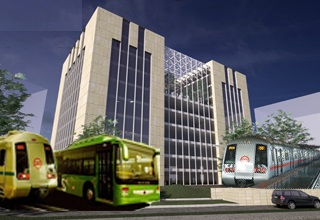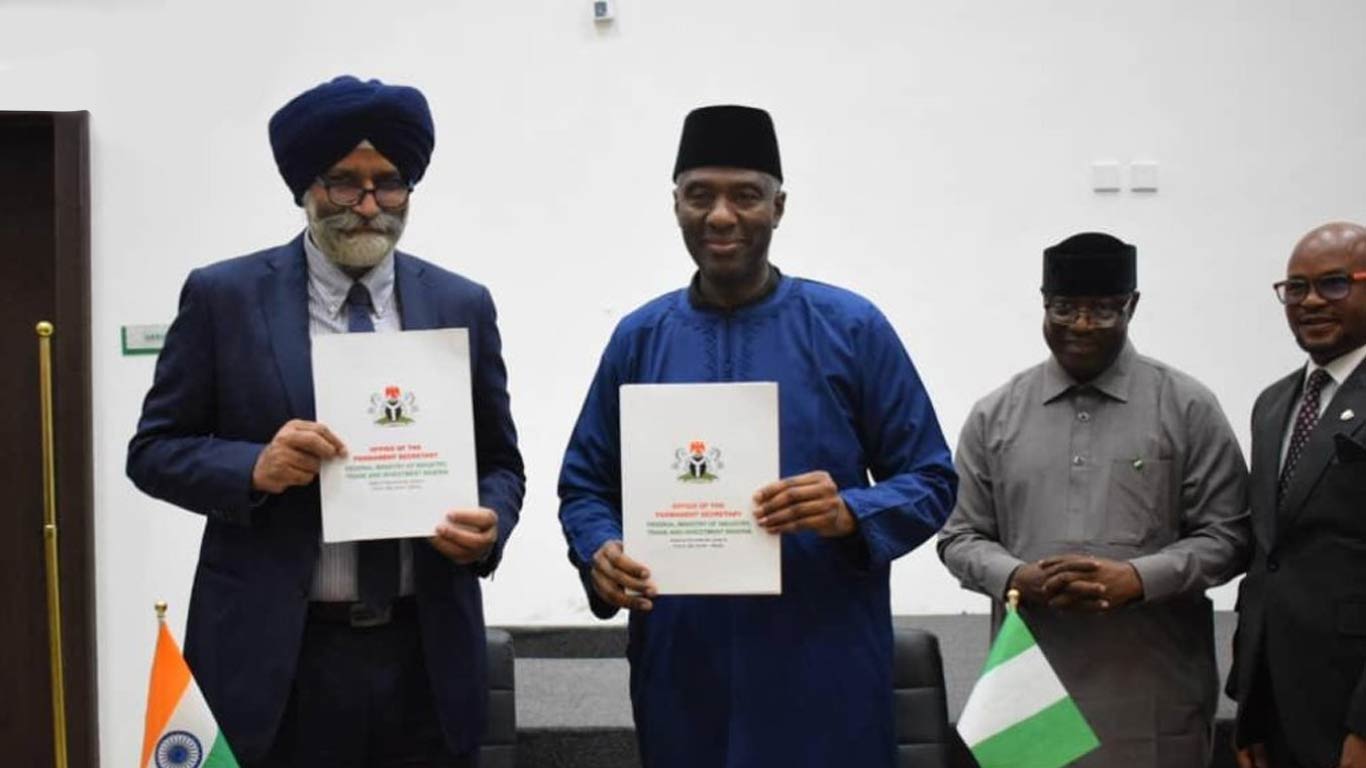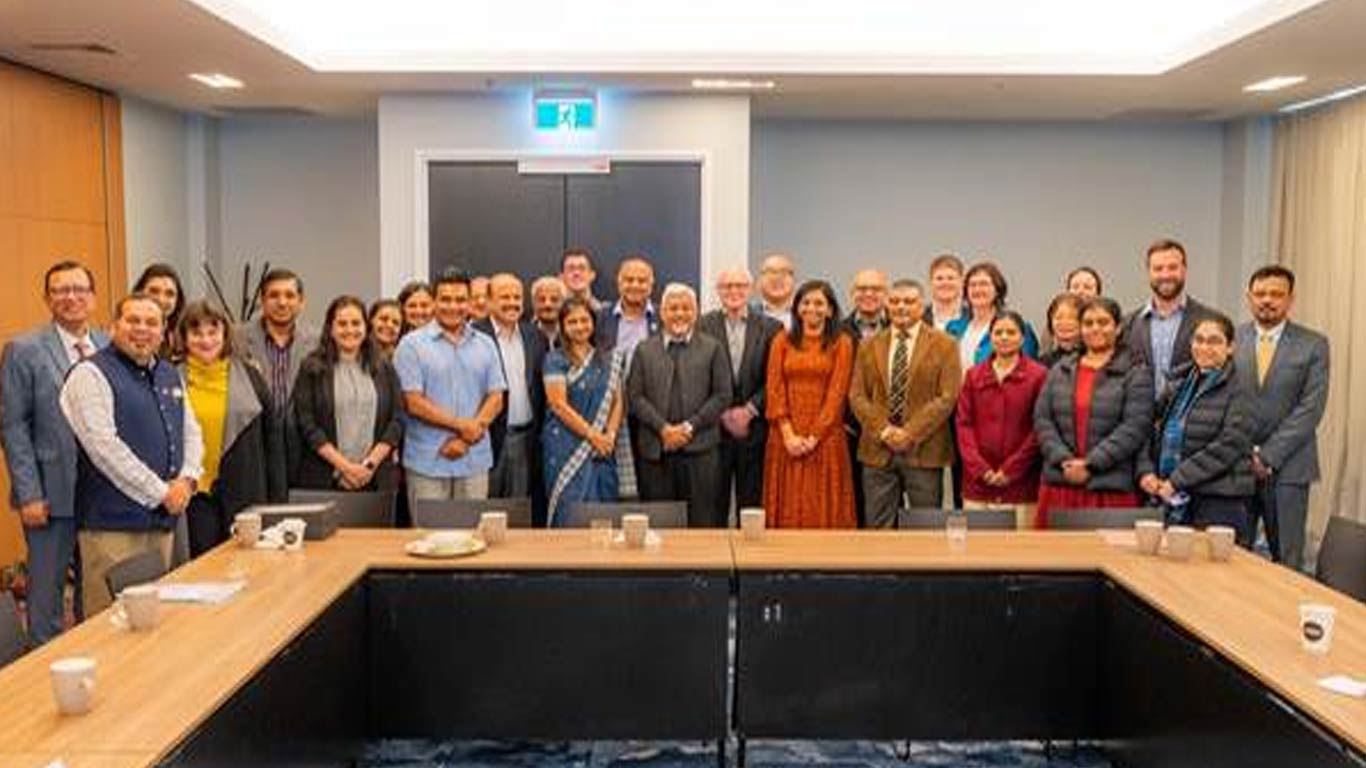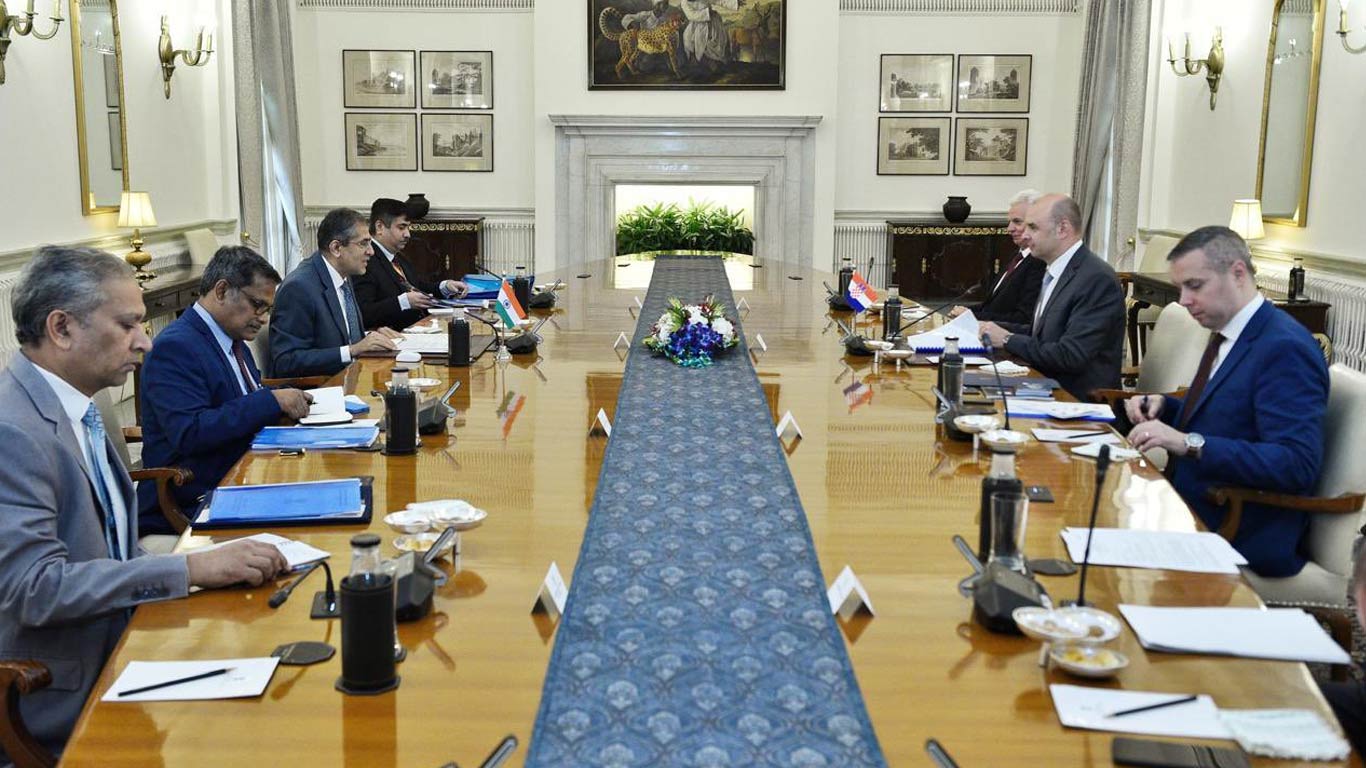Leveraging Urbanization in India
Updated: Sep 25, 2015 01:40:54pm

Difficulty in dealing with the pressures urban populations put on infrastructure, basic services, land, housing and the environment lie at the heart of the relative lack of livability of the region’s cities. That fosters what the report calls “messy and hidden” urbanization that constrains the concentration of economic activity that could bring about faster improvements in prosperity.
Here are key findings for India made in the report:
· Messy urbanization is reflected in the almost 65.5 million Indians who, according to the country’s 2011 Census, live in urban slums, as well as the 13.7 percent of the urban population that lived below the national poverty line in 2011.
· According to the Agglomeration Index, a globally applicable alternative measure of urban concentration, the share of India’s population living in areas with urban-like features in 2010 was 55.3 percent. This compares to an official urban share of the population of just over 31 percent, suggesting the existence of considerable hidden urbanization.
· For major cities like Delhi, Mumbai, Hyderabad, and Kolkata, population growth has been fastest on their peripheries in areas beyond their official administrative boundaries. This is reflected in a large growth differential between the districts in which the cities are located and some of the immediately neighbouring districts. In Delhi, for example, the district experienced population growth of 1.9 percent a year between 2001 and 2011, while Gautam Budh Nagar’s population growth just to the east was 4.1 per cent a year.
· Urbanization has been relatively slow in India, with the share of the population living in officially classified urban settlements growing at a rate of just over 1.15 percent a year from 2001-2011.
· India’s seven largest metropolitan areas – Mumbai, Delhi, Bangalore, Kolkata, Chennai, Hyderabad, and Ahmedabad – dominate the country’s economic landscape, but between 1998 and 2005 manufacturing employment within 10 kilometres of their city centres declined by 16 percent. By contrast, manufacturing employment in their immediate peripheries increased by almost 12 percent.
· Bangalore, Chennai, Delhi, Gautam Budh Nagar, Greater Mumbai and Kolkata rank highest among Indian districts on the report’s “prosperity index,” a new composite index of subnational performance that assesses districts according to their levels of poverty, productivity and growth. The rankings mean that overall these areas significantly outperformed the country average. The reasons for strong performance, however, vary across the districts. Kolkata’s high rank, for example, is driven by its productivity performance, while its performance on both the poverty and growth components of the index is average. More rural districts tended to perform at the weak end of the index.
· India added seven multicity agglomerations from 1999 to 2010 when it had 30 of the region’s 45 agglomerations. Multicity agglomerations are defined as a continuously lit belt of urbanization containing two or more cities, each of which had a population of at least 100,000 living within its administrative boundaries in 2010.
· The most striking regional example of two or more agglomerations merging is that of the Delhi and Lahore agglomerations, which now form one enormous continuously lit belt with an estimated population of 73.4 million, or just less than Turkey.
· The 2015 livability index of the Economist Intelligence Unit ranked New Delhi 110 out of 140 cities, highest of the six South Asian cities in the Index. Mumbai was ranked 115. The average ranking for all developing country cities outside of South Asia was 103.
For more information on the report go to: www.worldbank.org/southasiacities (KNN Bureau)











